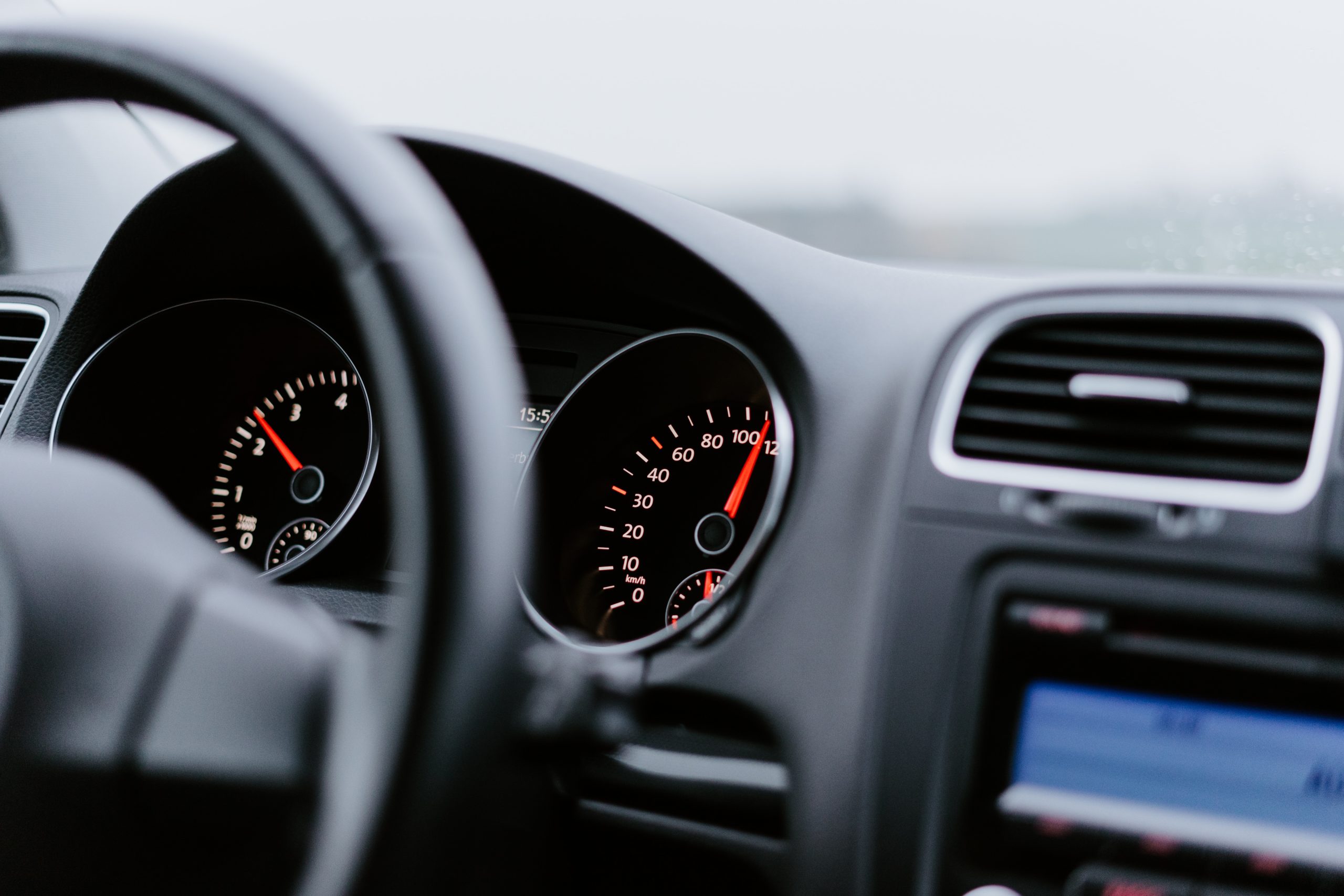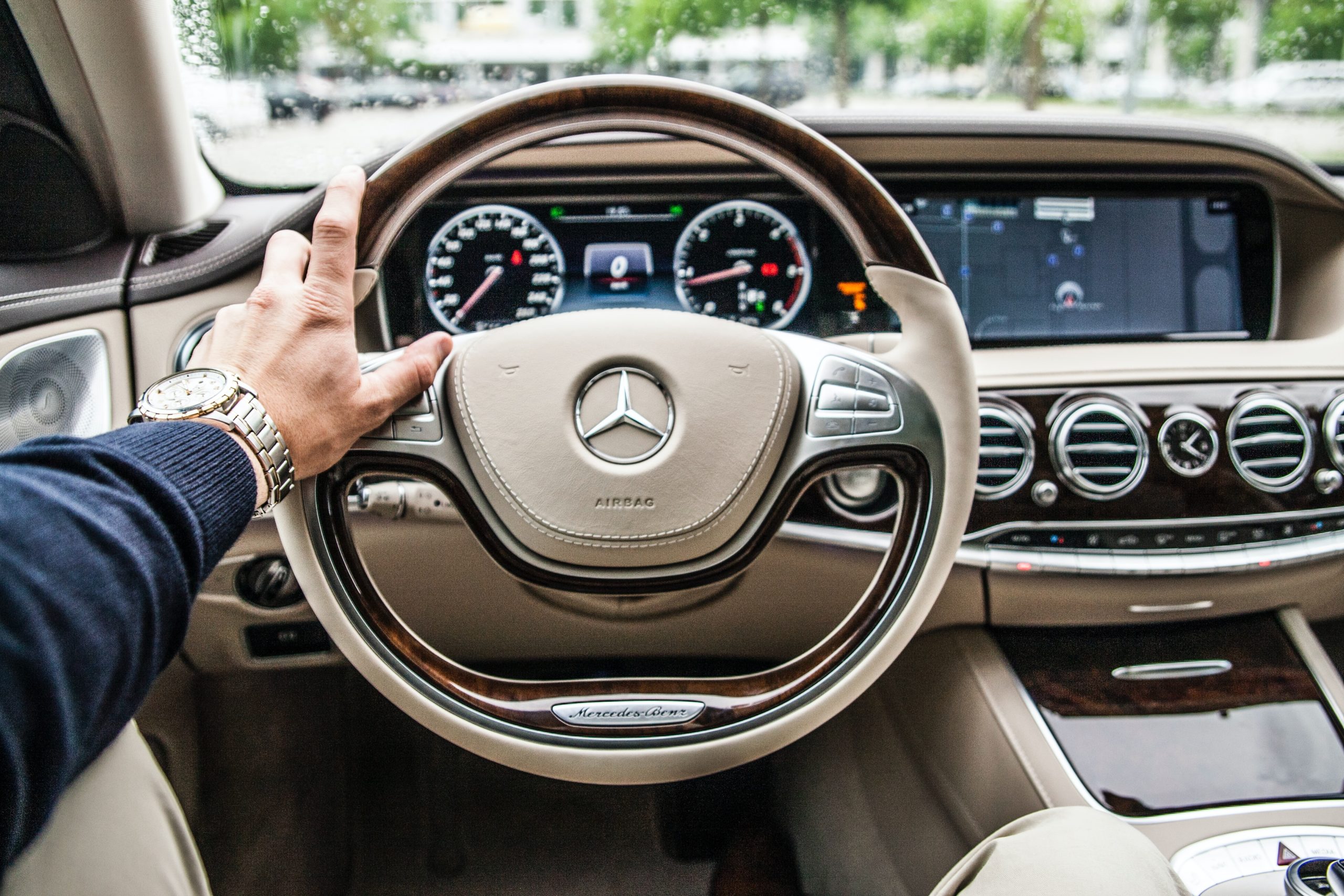Table of Contents:
Buying a car is one of the most important decisions you make in your life. Knowing your financial possibilities is crucial if you want a secure vehicle for your family or just a car for going to work if you’re single.
We advise you to consider all the financing options available if you can’t afford a vehicle. Don’t get upset if there are too many opportunities. We know how overwhelming it can be for you to pick the right one. Speak with a finance expert or read the article below highlighting the standard ways to pay for your car.
Cash Payment
The first option is paying upfront with cash. If you put apart some extra dollars every month in your savings account, consider purchasing the car with all you have gathered. The advantage is that it eliminates the need for monthly payments. You won’t have to pay with fixed installments to cover the total amount.
However, its main disadvantage is that you’ll spend all your savings on one major purchase. Usually, people avoid this option because not all consumers can put apart some money every month, as there are always unexpected expenses that need the help of a savings account.
Car Loans
The second way to pay for your vehicle is by applying for a car loan. You borrow money to pay for the car and repay it over time. If you choose this option, find out that interest rates and additional charges must be paid together with the principal. According to Experian’s State of the Automotive Finance Market, the average interest rate of car loans is 6.07% for new cars and 10.26% for used cars.
The maximum loan term you may benefit from is 12 months. However, some lenders may also provide longer terms of 24, 36, 48, 60, 72, and 84 months, depending on the amount you want to borrow. These terms seem flexible, but you should that sometimes, high-interest rates may apply, especially if you have bad credit or no credit history.
Leasing
The concept of leasing is quite simple. The buyer pays for the use of the car for a fixed period. The repayment terms depend on the dealer or financial institution you had a lease agreement. However, the most common schedule is 12 or 36 months.
What about interest rates? You could expect an interest rate between 2% and 5% if you have a good credit score, between 6% and 9% for fair credit, and between 10% and 15% for poor credit scores.
The main advantage of leasing is that it offers lower monthly payments. However, you should know that you won’t own the car at the end of the lease. So if you need a car long-term and can’t afford it, consider another financing option.
Personal Contract Purchase (PCP)
While a personal contract purchase (PCP), you pay a deposit, followed by monthly payments, with the option to buy the car at the end of the contract. This practice is widespread among Americans that don’t want to apply for car loans. It offers lower monthly payments than an auto loan. However, consumers may face additional fees.
The average annual percentage rates vary from around 4% – 7% but can be as high as 20%, mainly on used cars. If you get a low or 0% deal, check whether the dealer returns that money in a higher initial deposit or final payment.
Maybe you’ll wonder: “What’s the difference between a hire purchase and a personal contract purchase?”. A conventional hire purchase divides the total amount borrowed into equal monthly payments, typically over 3 – 4 years. But the personal contract purchase involves a series of smaller monthly payments, with a larger payment at the end of your contract.
Conclusion
Before purchasing a car from the first lender you find, try to take your time and assess all the available options. Many consumers need a car urgently and go for the cheapest place, which is a good choice. But all the figures are relative when you have only two – free options. So we encourage you to research and compare different financing options before deciding.


